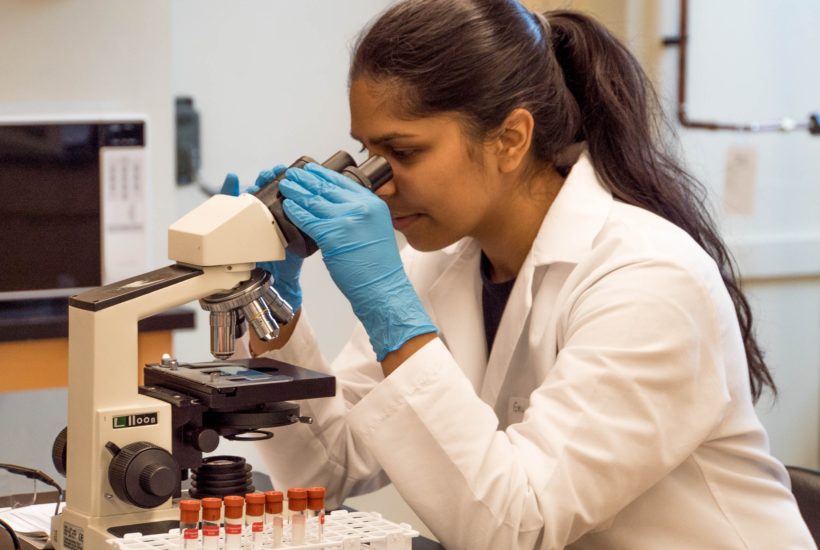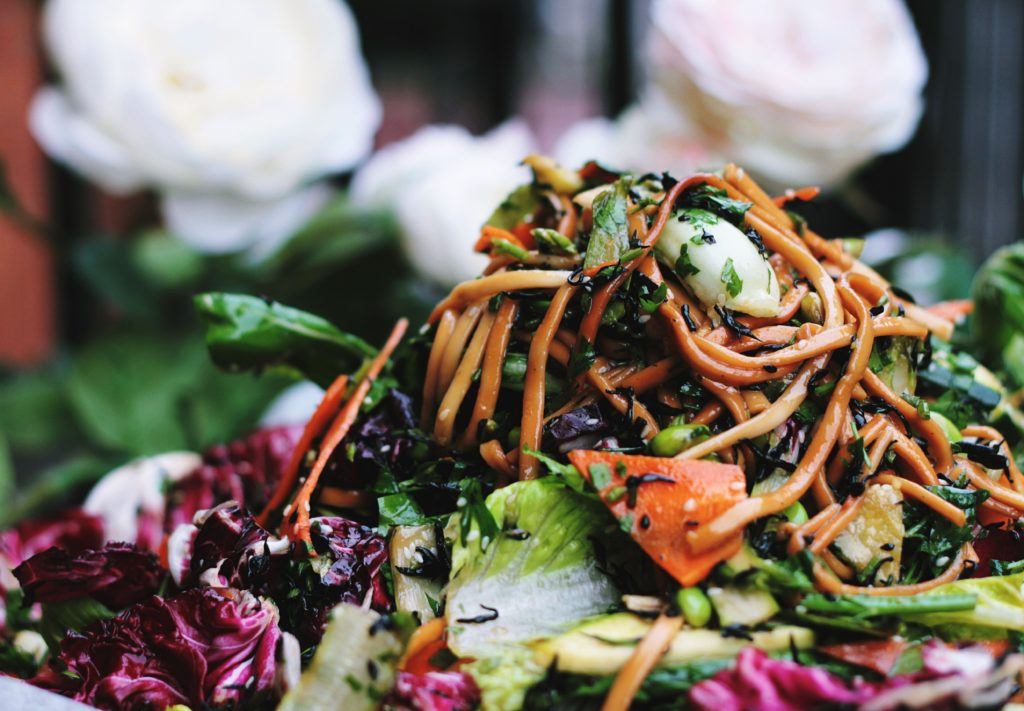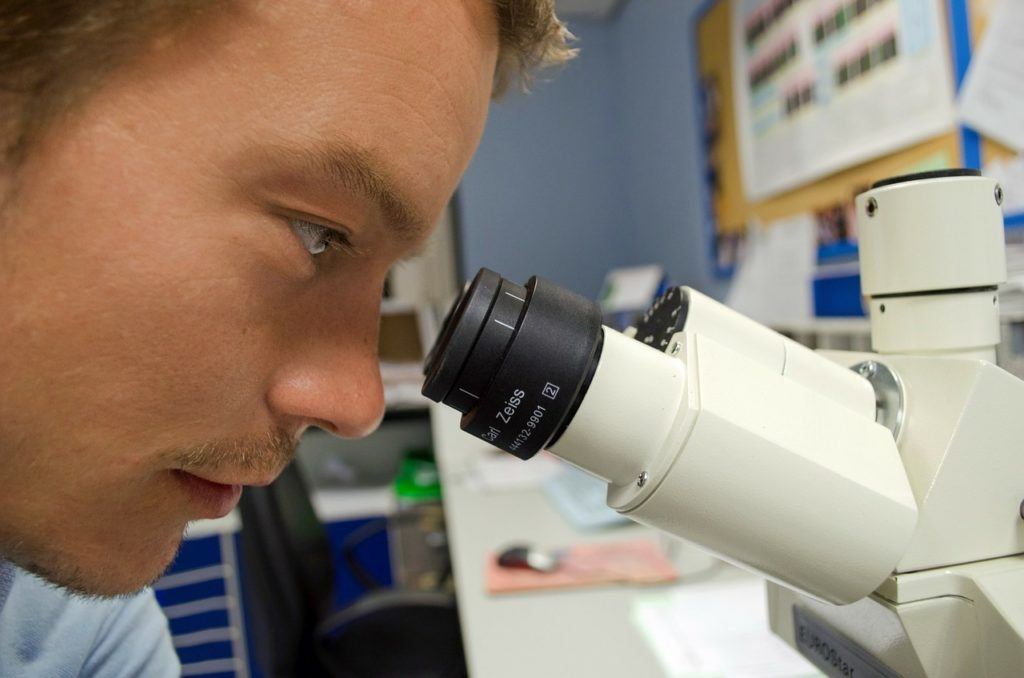Biotech
The PROSE at the heart of environmental biotechnologies
The PROSE unit inaugurates its brand new experimental hall, the LABE. The study of the microbial component consists of making an inventory of the communities of microorganisms responsible for the transformation reactions of organic matter. Scientists are developing a model of the growth of microorganisms as a function of the energy available in the reactions of waste transformation.

On October 9, the PROSE unit inaugurates its brand new experimental hall – the LABE. That will allow the study, on different scales, of the environmental biotechnology processes. The unit has become a specialist for this. It is an opportunity to review the state-of-the-art equipment and original approaches on which the work of this unit at the Irstea center in Antony is based, in terms of waste transformation and recovery.
“We are studying environmental biotechnology processes. In other words, processes that use biological procedures, and specifically naturally occurring microorganisms, to transform and recover organic waste. We seek to optimize the performance of existing processes, such as wastewater treatment and methanation. But we are also working to bring out new ones, such as bioelectrochemical processes,” explains Théodore Bouchez, director of the PROSE unit at the Irstea center in Antony.
This is the complexity of environmental biotechnologies. So to unveil this “black box”, the researchers adopted a particular approach. One based on the fundamental study of processes, multidisciplinary and the coupling of approaches.
A platform of analytical and experimental equipment
Scientists thus use different types of equipment to study the three components involved in processes: chemical, microbial and physical. They use analytical chemistry tools (e.g., high-resolution or isotopic mass spectrometers) to better understand the composition of organic matter in waste.
“This allows us to identify valuable degradation intermediates, but also inhibitors that inhibit transformation reactions. And to define process performance indicators. These tracers are of great interest to manufacturers because they can serve as management tools. For example by allowing early identification of a malfunction,” explains Laurent Mazeas, the unit’s researcher.

Prose Analytical Platform
The study of the microbial component consists of making an inventory of the communities of microorganisms responsible for the transformation reactions of organic matter. Also, monitoring their evolution according to the process and operating parameters. To do this, scientists use new generation DNA sequencers to determine the bacterial genes potentially involved in reactions (the so-called meta-omics approach).
Thirdly, the physical processes are studied using measurement tools deployed on real industrial installations. But also from the pilots that will take place in LABE3, a new experimental hall that will be inaugurated in early October.
“From the LABE devices that will reproduce the various processes (wastewater treatment plants, anaerobic digesters, electrosynthesis, etc.), we will be able to analyze the processes at different scales, from the microcosm to the scale closest to the real operating conditions” explains Théodore Bouchez.
New transversal approaches
Thanks to this equipment, scientists already have a wealth of chemical, biological and physical data at their disposal. And thus better knowledge of each of these components for each process. But to go further, they seek to couple these masses of data through three approaches that are both complementary and original.
Statistical analyses that allow heterogeneous data to be merged and trends to emerge. This is the approach used in the ANR DIGESTOMIC project. It aims to study the factors responsible for major disruptions in the activity of microorganisms in digesters. Moreover, it also focuses to provide solutions to optimize methanation yields.
The first version of this unique database is being tested as part of the DEEP-OMICS project. Conceptual modeling, or the development, from simple physical principles, of new mathematical models, establishing a link between quantities that are usually not associated.
For example, scientists are currently developing a model of the growth of microorganisms as a function of the energy available in the reactions of waste transformation.

Optimize and innovate
“Through these little-explored approaches in the field of environmental biotechnology, we can not only propose solutions to optimize and stabilize the yields of existing processes but also identify new concepts and imagine innovative and even disruptive technologies,” explains Laurent Mazeas.
This is how scientists have used microbial electrosynthesis4 to recover waste to produce molecules as part of green chemistry; work carried out through the Biorare project has led to the filing of 6 patents at the international level.
On the strength of these advances, they are currently starting the BES’STEP project, co-financed by the Suez group. The project aims to apply microbial electrosynthesis to treat and recover wastewater. The objective is to take the process to the industrial pre-demonstration stage.
__
(Featured Image by Trust “Tru” Katsande )
First published in irstea, a third-party contributor translated and adapted the article from the original. In case of discrepancy, the original will prevail.
Although we made reasonable efforts to provide accurate translations, some parts may be incorrect. Born2Invest assumes no responsibility for errors, omissions or ambiguities in the translations provided on this website. Any person or entity relying on translated content does so at their own risk. Born2Invest is not responsible for losses caused by such reliance on the accuracy or reliability of translated information. If you wish to report an error or inaccuracy in the translation, we encourage you to contact us.

-

 Markets5 days ago
Markets5 days agoRice Market Rebounds from Oversold Lows Amid Weak Demand
-

 Markets2 weeks ago
Markets2 weeks agoMixed Market Trends as Global Coffee Growing Conditions Improve
-

 Fintech1 week ago
Fintech1 week agoPayPal Under Fire: Excessive Data Collection and Privacy Concerns in Advertising
-

 Africa5 days ago
Africa5 days agoMorocco’s Rising Country Risk Profile Boosts Investor Confidence













